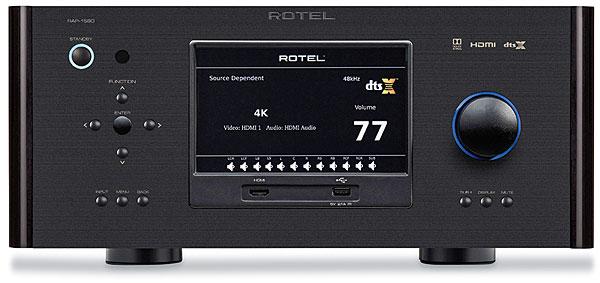|
Feb 07, 2018 |
|
Oct 26, 2017 |
|
Jan 03, 2017 |




















